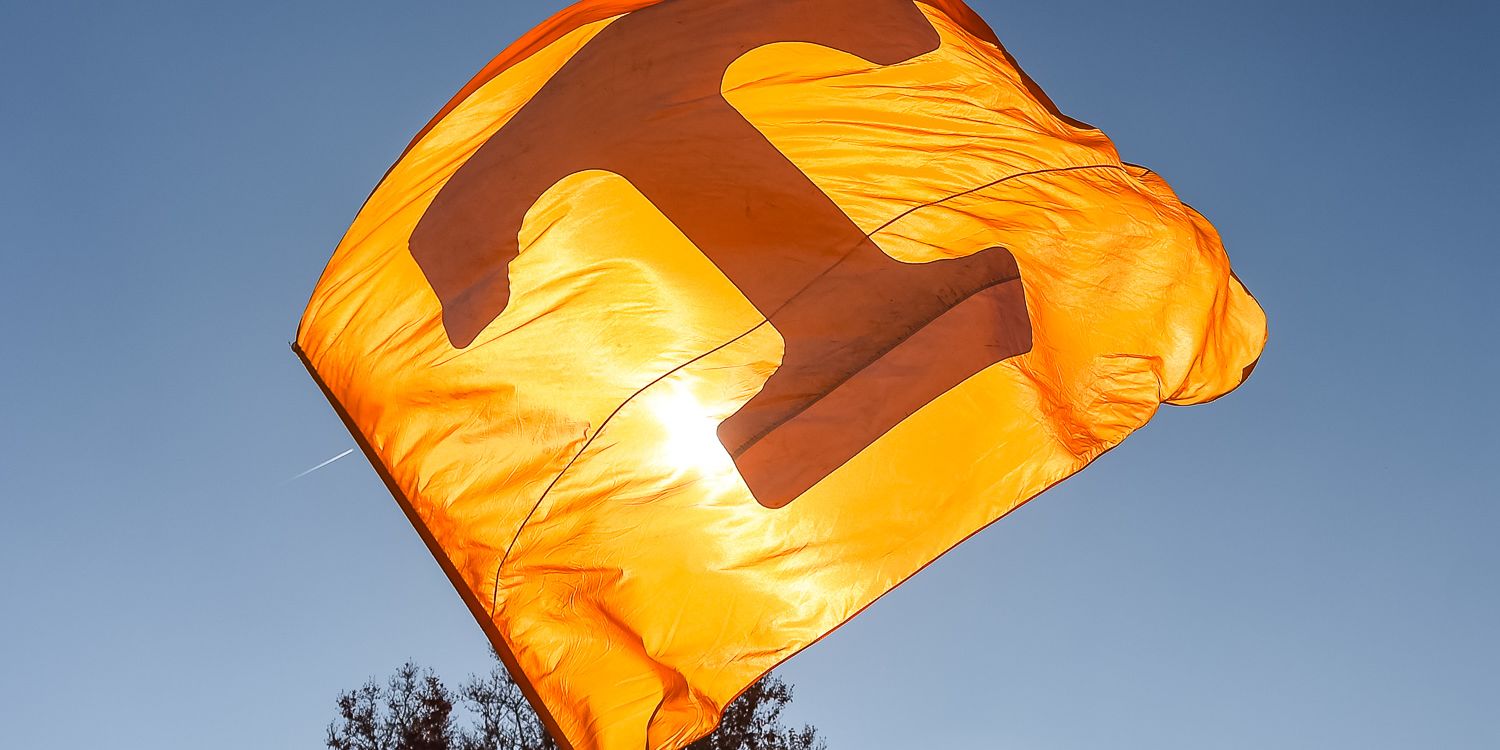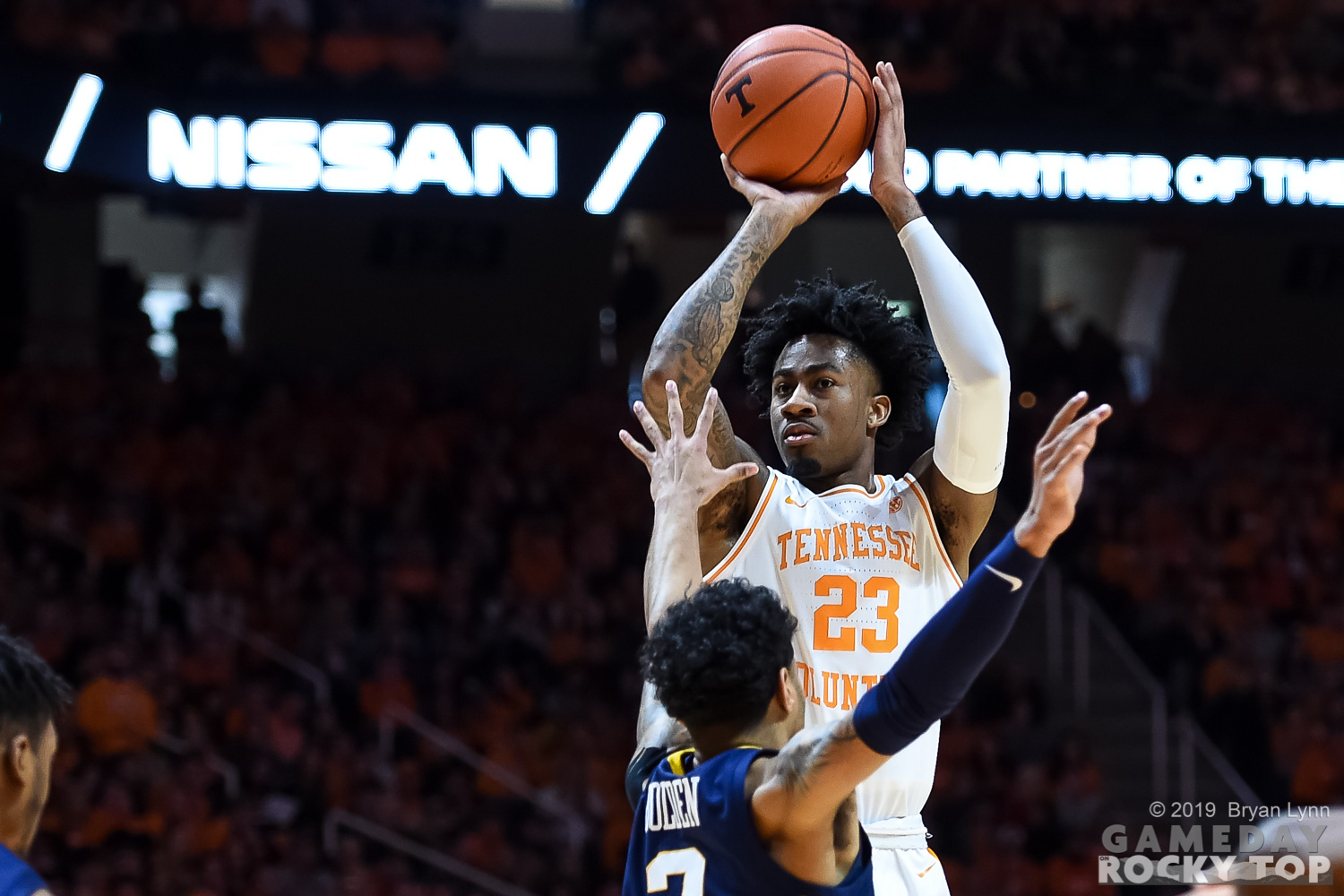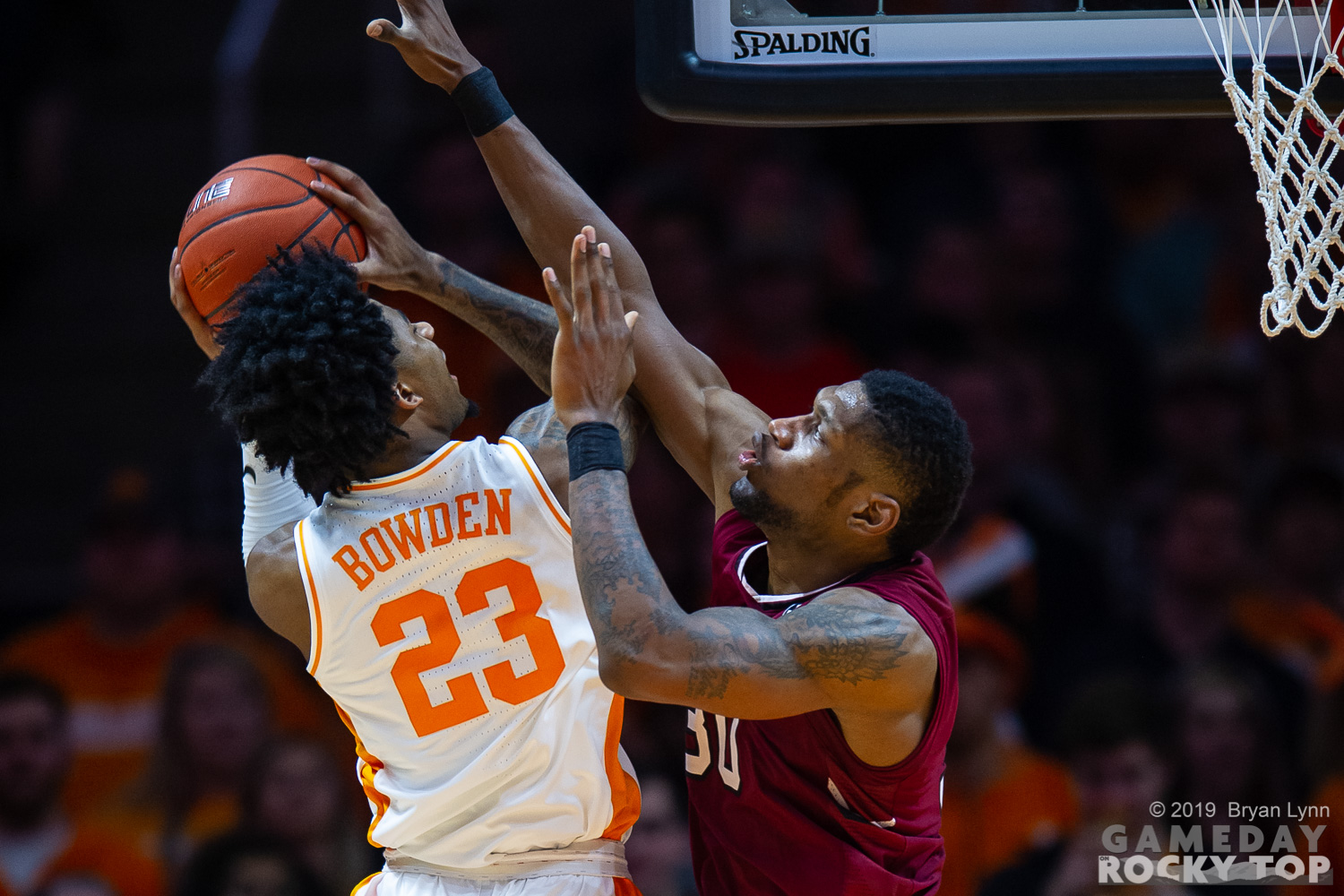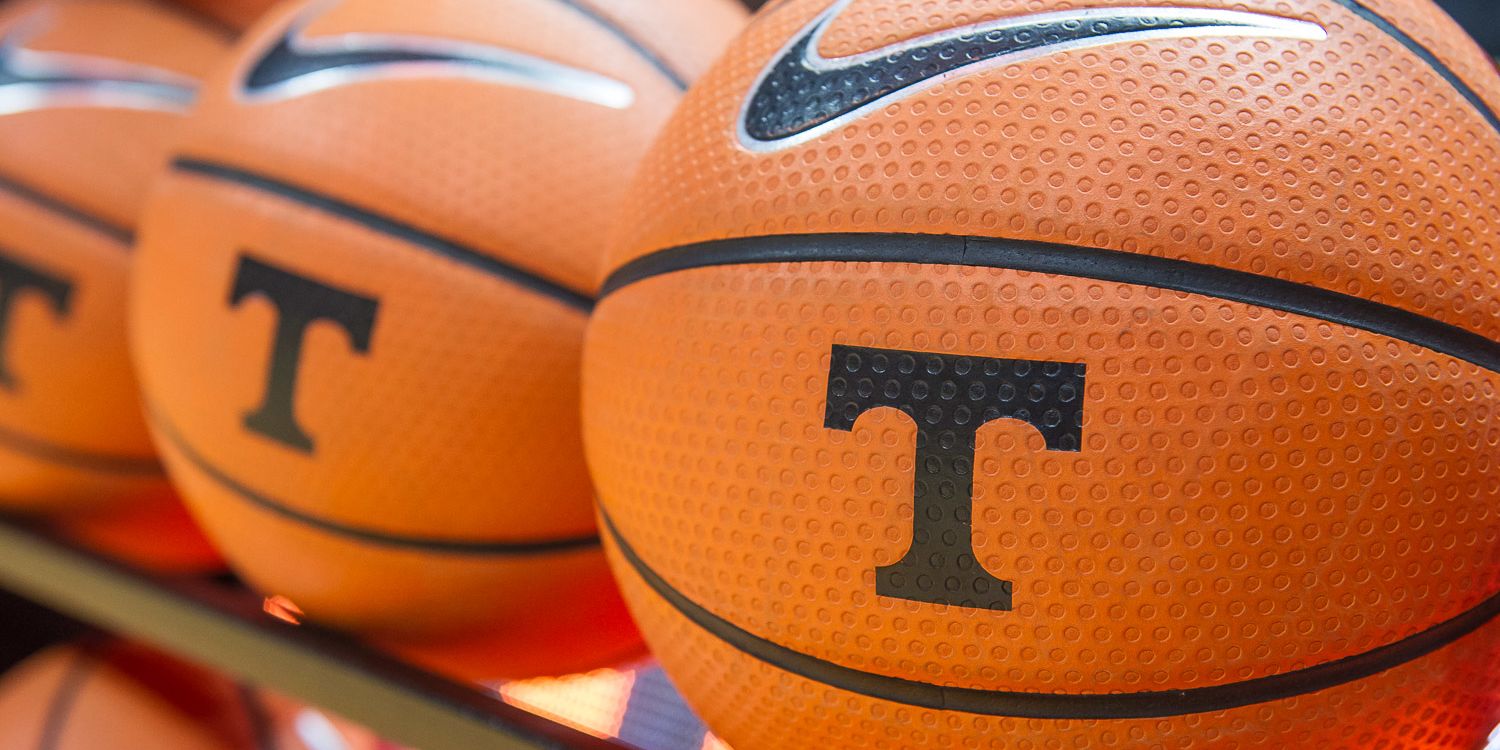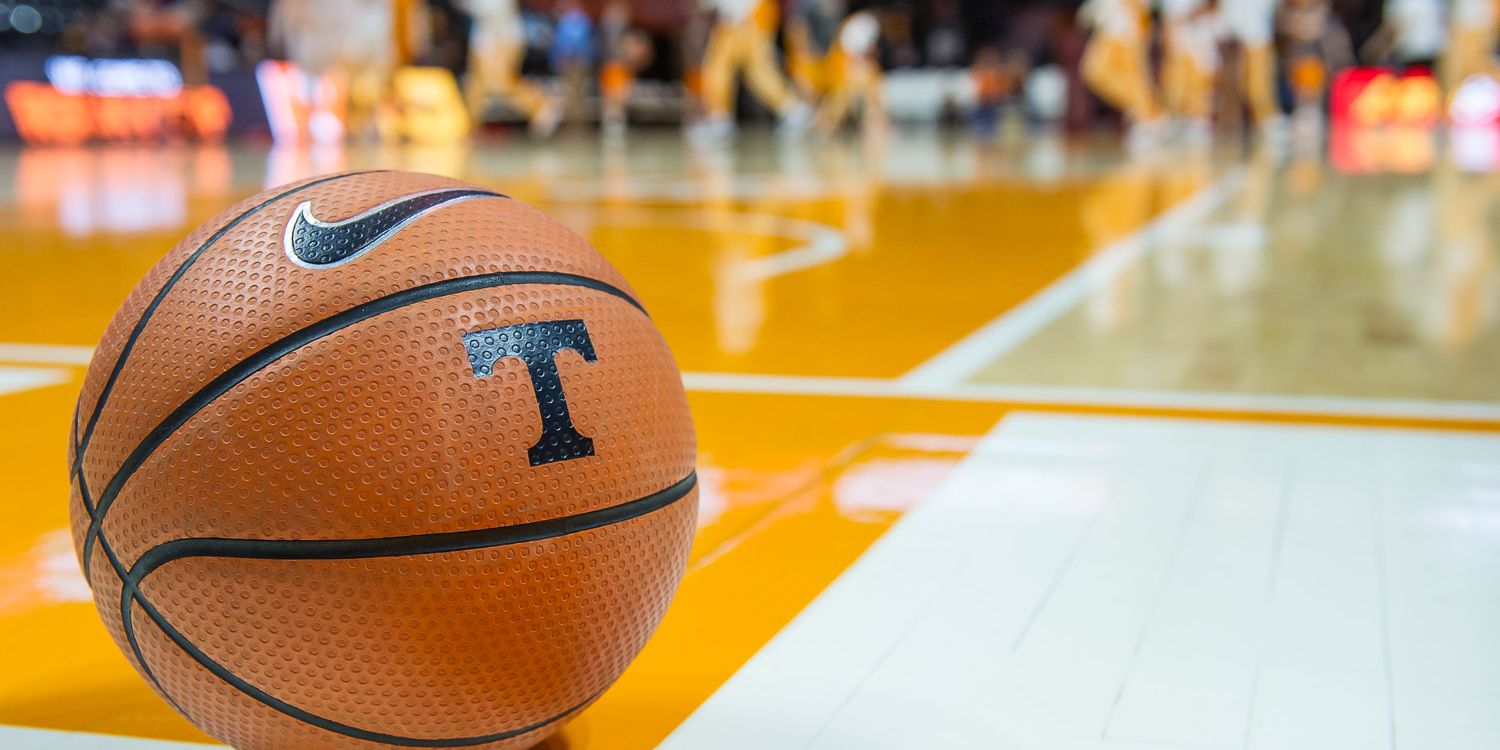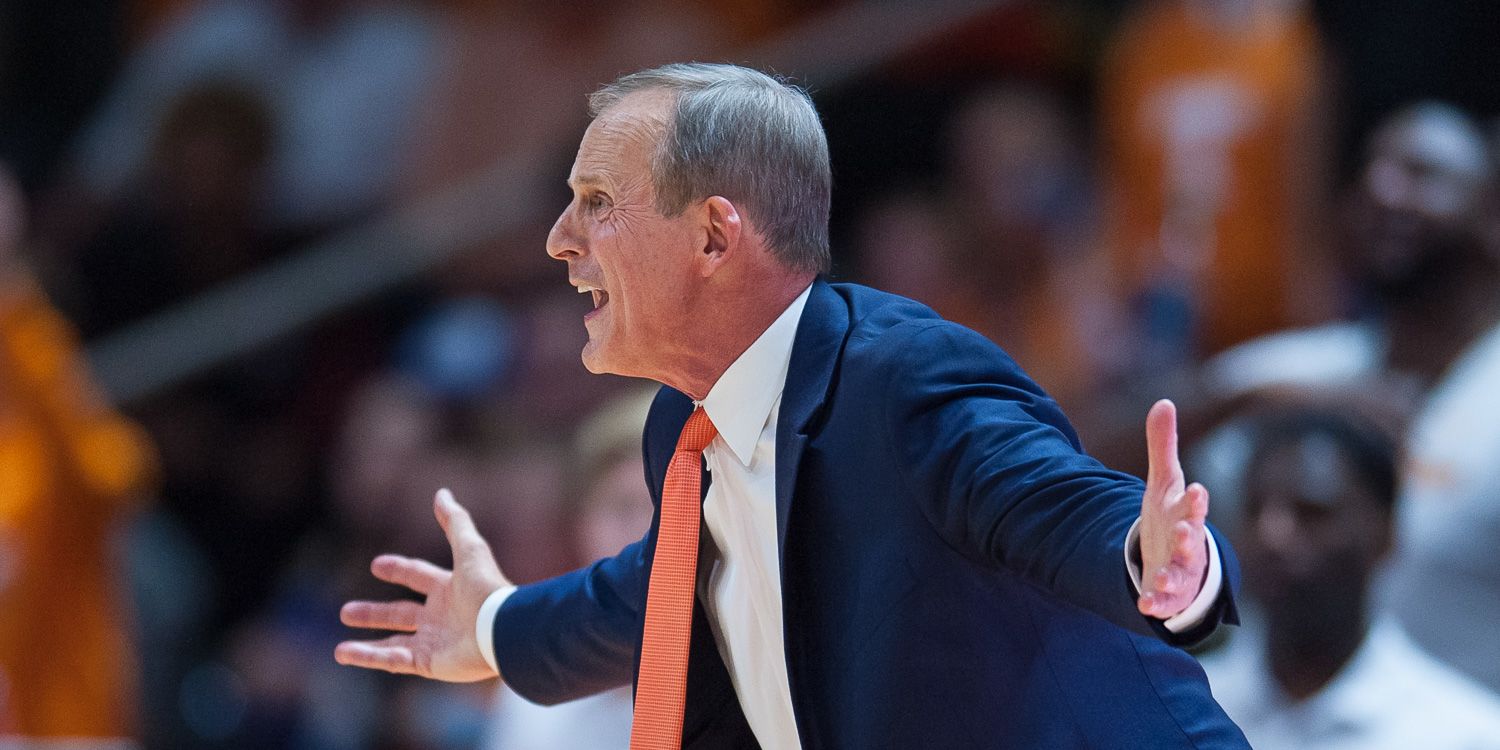I wore orange to work today, even though I figured they wouldn’t really play basketball at 1:00 PM ET in Nashville. Since moving back to Virginia I’ve acquired more brand-free orange so as to be somewhat less obnoxious to my neighbors here in Hokieland. It’s convenient, since both of the schools of record in the commonwealth have orange in their scheme anyway.
I wore orange to work today because we played today, or we were supposed to, and that’s what we do. It didn’t matter that the Vols are 17-14 and not 27-4 as they were this week a year ago. That distinction feels like it matters a whole lot right now – the cancellation of the NCAA Tournament isn’t robbing us of a real chance to make our first Final Four this year – but we’re also figuring out, and fast, how much we’re actually going to miss a hypothetical NIT run.
It’s never really about the winning. I’ve written about Tennessee for 14 years now, a period in which the football team has 94 wins and 83 losses. That’s tied with Western Michigan for the nation’s 59th best winning percentage in that span. And yet, we keep putting fingers to keyboard to talk about the Vols because that’s what we do. I’m not far from 40, and I still have a stubborn, childlike, idiot optimism that says, “I know they’re probably not even going to play this thing, but Alabama’s on a slide, and we should have no fear of Kentucky now, and if we can get to Saturday…” And so by God, we wear orange to work today.
There’s a quote I like for sports about how they’re the most important unimportant thing we do. Now something that only happens a couple days a year in the summer – no games of record in America’s major sports the days before and after baseball’s all-star game – is getting ready to become our reality for at least weeks. They’re still playing golf at Sawgrass this weekend, at least for the moment. And if you can judge the severity of a hurricane by when the Waffle House closes? Vince McMahon and professional rasslin’ are without question the Waffle House of sports (entertainment). So there may still be a few unusual options, but no reason to wear your color of choice to work for a while.
We won’t miss sports because they matter, as much as we’ll miss them because so much else does. For these same 14 years, I’ve been a United Methodist pastor. There have been plenty of days when writing about the Vols seemed so unimportant. And some of those days I just haven’t. I’m not contractually obligated to create content – I get to do this because I want to – but if I was, I too might find it somewhere between odd and distasteful to write about who Tennessee’s backup tight end will be this fall. At least right now, while all of this is still unfolding and none of us are sure just how bad it’s going to be.
But at the same time, when it is that bad, there are moments when all I want to do is write about the backup tight end.
I think it cheapens both sports and life when we define them as only “escape”. Sports can absolutely serve that purpose; solitude is cozier when your bracket’s on the line. But sports also contain so much of what we value about the actually important things: relationships, loyalty, community, and a childlike hope. The winning and losing is more defined. But it’s never fully about the winning and losing. The experience itself is what keeps us coming back.
This time last year during Lent, our church took one consistent, meaningful, screen-free hour for 40 days (inspired by The Tech-Wise Family by Andy Crouch, a great book that might be an especially worthy read if you’re thinking of how to fill more hours in these next few weeks). My wife and I took 4-5 pm each day: no screens, no phones, etc. That meant a callback to the days of John Ward during the middle third of an epic Tennessee & Kentucky showdown in the SEC Tournament, letting the radio be our guide. A few days later it also meant a panicked hour of, “Alexa, what’s the score of the Tennessee game?” when Colgate made a run.
It was just an hour every day, but it was harder than I thought it would be. We are indeed creatures of habit. In our tradition, God creates with order from chaos, a story told in poetry. We’re made for rhythm. Maybe sports should never sit in the first chair. But they make the song better, even when you lose.
Important stuff is happening. But if you do it right, important stuff happens every day. I’d let those who are experiencing these cancellations on a personal level speak for themselves and call it what they like. From Dayton, to Rutgers, to those in the state tournament here in Virginia, now called off with titles split among the finalists. The NCAA cancelled all spring sports. That hurts for our suddenly prominent baseball team, who might’ve squeezed in a reason to wear orange to work in June. And it hurts for names we’ll never know or see who ran track or played tennis. They’ll have their own language. As fans, we’d be wrong to call any of this a tragedy while actual tragedy unfolds. But I think we’d be right to lament the loss, though temporary, of the place sports hold in the rhythm of our lives.
At my job we’re trying to figure out whether or not to have church on Sunday. But the real work is in trying to figure out how to get food to kids if school closes, and make sure our 90+ year old friends have what they need for today. And we’ll give ourselves to that work, because that’s what we do. I will miss coming home, at the end of a long day, and checking the NET ratings. I’m sure we’ll still find something hopeful and orange to talk about on this site.
Maybe that’s the thing about being creatures of habit, created in the image of a creator: we can always make something new. The song goes on. We can still find the rhythm.
At the end of this long day, I came home and played outside with my 2.5 year old son while my wife, about to enter her third trimester with our daughter, watched on. The cure for absence is presence, even if you have to be present a little more carefully right now. Presence makes you better at all the important stuff. And presence helps you appreciate all that’s good and right about sports in its proper place too.
At the end of this long day, the music still plays and we can still find the rhythm: my son picked up a basketball, and we took it from there.
Go Vols.
